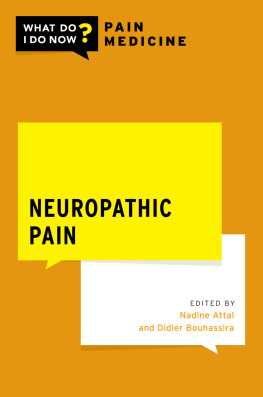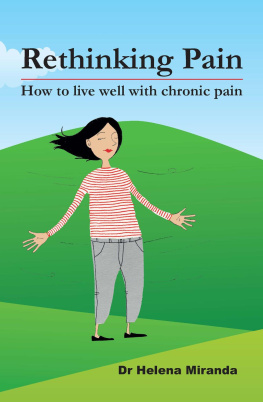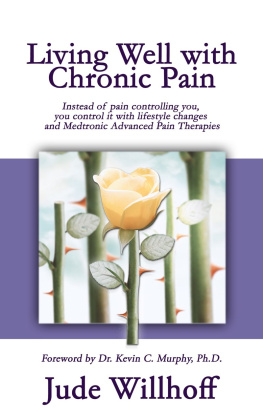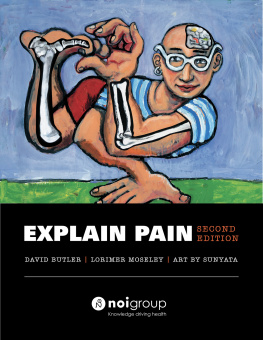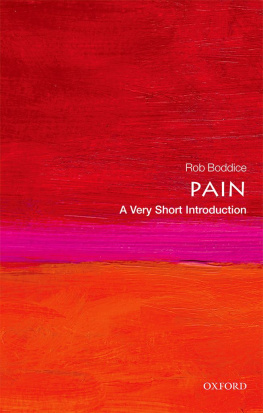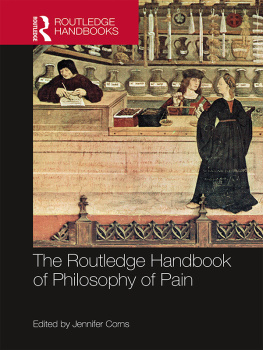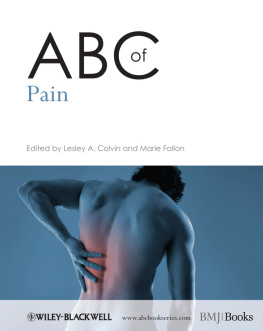Research Fellow in Musculoskeletal Physiotherapy, University of Brighton, Eastbourne, East Sussex, UK
Consultant Physiotherapist, Southend University Hospital, NHS Foundation Trust, Essex, UK
Professor of Occupational Therapy, Division of Occupational Therapy, School of Health and Rehabilitation Sciences, The University of Queensland, Brisbane, Australia
Anita M. Unruh
Associate Dean (Research & Academic), Academic Integrity Officer, Faculty of Health Professions, Dalhousie University, Halifax, Canada
Copyright

2014 Elsevier Ltd. All rights reserved.
No part of this publication may be reproduced or transmitted in any form or by any means, electronic or mechanical, including photocopying, recording, or any information storage and retrieval system, without permission in writing from the publisher. Details on how to seek permission, further information about the Publisher's permissions policies and our arrangements with organizations such as the Copyright Clearance Center and the Copyright Licensing Agency, can be found at our website: www.elsevier.com/permissions.
This book and the individual contributions contained in it are protected under copyright by the Publisher (other than as may be noted herein).
First edition 2002
Second edition 2014
ISBN: 978 0 7020 3478 7
British Library Cataloguing in Publication Data
A catalogue record for this book is available from the British Library
Library of Congress Cataloging in Publication Data
A catalog record for this book is available from the Library of Congress
Notices
Knowledge and best practice in this field are constantly changing. As new research and experience broaden our understanding, changes in research methods, professional practices, or medical treatment may become necessary.
Practitioners and researchers must always rely on their own experience and knowledge in evaluating and using any information, methods, compounds, or experiments described herein. In using such information or methods they should be mindful of their own safety and the safety of others, including parties for whom they have a professional responsibility.
With respect to any drug or pharmaceutical products identified, readers are advised to check the most current information provided (i) on procedures featured or (ii) by the manufacturer of each product to be administered, to verify the recommended dose or formula, the method and duration of administration, and contraindications. It is the responsibility of practitioners, relying on their own experience and knowledge of their patients, to make diagnoses, to determine dosages and the best treatment for each individual patient, and to take all appropriate safety precautions.
To the fullest extent of the law, neither the Publisher nor the authors, contributors, or editors, assume any liability for any injury and/or damage to persons or property as a matter of products liability, negligence or otherwise, or from any use or operation of any methods, products, instructions, or ideas contained in the material herein.



Printed in China
Foreword
Pain research has made revolutionary advances in the past half-century. The traditional concept of pain as a specific sensation has evolved into a broader concept of pain as comprising sensory, affective and cognitive dimensions. Many people suffer severe chronic pain that is out of proportion to any detectable physical cause, which forces us to explore neural programs in the brain, where subjective experience occurs. Research on the language of pain has produced questionnaires that allow us to evaluate subjective pain experience.
The revolution in pain management has taken us from surgical section of a pain pathway to multiple interacting approaches. Countless drugs, ranging from aspirin to morphine, are used to produce relief of severe acute pains, postoperative pain, and even persistent pain from cancer and arthritis that destroy body tissue. Cancer pain, for example, can be greatly diminished, sometimes abolished entirely, by appropriate doses of morphine or other opioid drugs. Yet despite the best efforts in hospitals with outstanding facilities, 5-10% of patients with cancer continue to have moderate to high levels of pain.
Chronic pain is the most challenging type of pain. When it follows an earlier injury, it is out of proportion to the injury or other pathology, and persists long after healing is complete. The traditional assumption that a spinal pathway must be causing the pain has led to the use of spinal anaesthetic blocks to stop the pain. Sometimes severe chronic pains are diminished or even abolished. More often, however, the pain returns to its former intensity.
Forty-plus years of active research based on the traditional bottom-up theory of pain has yet to discover any major new classes of drugs. Aspirin, acetaminophen and morphine are still the first line of attack on all pains and many variants of these drugs with fewer undesirable side-effects have been produced. Most remarkable, however, is the discovery of two new classes of drugs that were originally developed for other purposes. Drugs that were prescribed to control depression were unexpectedly found to produce significant relief of several forms of chronic pain. Similarly, drugs developed to control epilepsy were found to relieve severe chronic pains associated with diseases of nerves. Recently developed variants of both classes of drugs are more effective and have fewer side-effects. These drugs, which evolved from the top-down approach based on patients subjective descriptions of their pain, opened the gate to a new pharmacology of chronic pain focussed on the brain. Both classes of drugs are now major sources of relief for many severe, previously intractable chronic pains.
Despite the advances, chronic pains remain difficult to treat. For example, backaches and pelvic pains may be relieved in some patients by spinal blocks or some combination of drugs, but no widely effective treatment has yet been found. Similarly, excellent new drugs are effective for some kinds of chronic headache, but not for all. The most terrible chronic pains that are rarely relieved are central pains due to strokes or other neurological diseases.
The recognition that pain is a multidimensional experience determined by psychological as well as physical factors has broadened the scope of pain therapies. Patients with chronic pain as well as terminally ill cancer patients with intense pain need every bit of the armamentarium to battle the pain. John Bonica, a brilliant American anaesthesiologist, played a huge role in these developments. The gate control theory, published in 1965, provided a scientific foundation for Bonicas contention that chronic pain is not a symptom but a syndrome in its own right, and requires a pain clinic that includes therapists from a wide range of disciplines. At the same time, Cicely Saunders in England recognized the importance of psychological approaches as part of palliative care for dying patients in addition to effective levels of morphine. Bonica and Saunders argued that unrelenting pain is an evil to be abolished by every available means.


